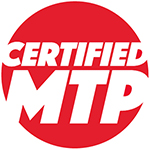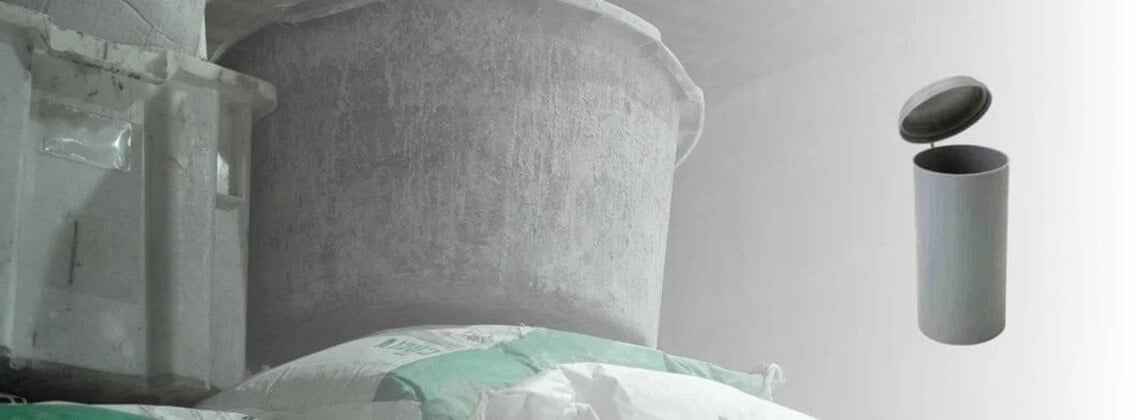When you need to take an accurate measurement of with concrete test cylinders, you need a tool that can be relied on again and again. Even the slightest miscalculation can cause a big problem when you’re setting and pouring your cylinders. If you’re searching for certified concrete testing products, browse the inventory at Certified Material Testing Products, and we know that you’ll find exactly what you need. With micrometers, testing cylinders, and more, you’ll be able to accurately estimate the diameter and strength of your concrete columns.
This Concrete Micrometer will provide detailed readings every time you use it. It features spindles of hardened steel and the thimble and sleeve are finished in chrome, so you know that it will stand up to test after test. With readings in the hundredths to the thousandths of an inch, you’ll be able to take exact measurements of your concrete test cylinders. If you need test cylinders, you’ll find that our 4×8 Model is reliable and long-lasting. We also have calipers, core length devices, and cylinder measuring tapes.
Shop with us today and find certified concrete testing products that give you an accurate reading each and every time. It’s our mission to provide our customers with the testing equipment that makes each project run smoothly. You can feel confident that your measurements are right and that your concrete will turn out solid and strong. If you’d like to learn more about any of our products, please drop us a line at service@certifiedmtp.com.
Keep Reading: Concrete Curing Room: Maximizing Performance for Durability.
If you need to purchase any materials testing equipment to replace or add to your lab supplies, shop at Certified Materials Testing Products for your one-stop shop for all your testing products. We have the knowledge and equipment to back you up when you need it most. Start shopping online with us today and find exactly what you are looking for. Contact us now to have any of your questions or concerns answered
Testing cylinders in concrete testing represents a crucial component in ensuring the quality and structural integrity of concrete in construction projects. This 1500-word overview will delve into the significance, processes, and methodologies surrounding the use of test cylinders in concrete testing, underscoring their role in construction quality control.
Introduction
Concrete is a fundamental material in construction, renowned for its strength and durability. However, these characteristics can only be guaranteed through rigorous testing, with test cylinders playing a pivotal role. Test cylinders are used to evaluate the compressive strength of concrete, a key indicator of its ability to perform under load.
The Importance of Test Cylinders
Test cylinders are essential for several reasons:
– Quality Control: They provide a direct measure of the quality of the concrete mix.
– Compliance with Standards: They ensure compliance with national and international building codes.
– Predicting Performance: They help predict how concrete will perform in real-world conditions.
– Safety Assurance: They are crucial in certifying the structural safety of buildings and infrastructure.
Manufacturing of Test Cylinders
The process of creating test cylinders is standardized to ensure consistent and accurate results:
– Material: Typically made from steel or high-density plastic, these cylinders are designed to withstand high compression without deforming.
– Dimensions: Common dimensions include diameters of 6 inches and heights of 12 inches, although other sizes are used depending on the application and standard requirements.
– Manufacturing Standards: They are manufactured to meet specific standards, such as ASTM (American Society for Testing and Materials) and EN (European Norm) standards.
Sampling and Casting of Concrete
Accurate casting of concrete in test cylinders is critical for reliable testing:
– Sampling: Concrete is sampled from a fresh batch, ensuring it represents the mix used in the construction.
– Casting: The concrete is poured into the cylinders in layers and compacted to eliminate air pockets and ensure even distribution of aggregate.
– Curing: The filled cylinders are stored under controlled conditions to cure. The curing environment and duration are critical for test accuracy.
Testing Procedures
The testing of concrete cylinders follows a standardized process:
– Age of Testing: Concrete cylinders are typically tested at specific ages, commonly 7, 14, and 28 days, to gauge strength development over time.
– Preparation: Before testing, the cylinders are stripped of any mold and often capped with a material like sulfur or neoprene to ensure a flat surface for even load distribution.
– Compression Testing: The cylinder is placed in a compression-testing machine, which applies pressure until the cylinder fails. The maximum pressure sustained by the cylinder is recorded as its compressive strength.
Interpretation of Test Results
The results from cylinder tests are crucial in decision-making:
– Compressive Strength: The primary data obtained is the compressive strength of the concrete, usually expressed in pounds per square inch (psi) or megapascals (MPa).
– Comparative Analysis: Results are compared against the specified strength requirements of the project.
-Quality Control: If results are below expectations, it may indicate problems with the concrete mix or curing process, triggering further investigation.
Factors Affecting Test Results
Various factors can influence the accuracy of test results:
– Cylinder Handling and Storage: Mishandling or improper storage can affect the curing process and the test outcome.
– Environmental Conditions: Temperature and humidity during curing can significantly impact the strength development.
– Operator Error: Inconsistencies in filling, compacting, or testing procedures can lead to inaccurate results.
Technological Advancements
Advancements in technology have enhanced the efficiency and accuracy of cylinder testing:
– Automated Testing Machines: These machines apply load uniformly and provide digital readouts for precision.
– Environmental Control Systems: Advanced curing chambers maintain optimal conditions for concrete curing.
– Data Management Software: Allows for efficient tracking and analysis of test results.
Challenges and Limitations
Despite its importance, cylinder testing faces challenges:
– Representative Sampling: Ensuring the test cylinder accurately represents the entire concrete batch can be challenging.
– Cost and Time: The process of casting, curing, and testing cylinders is resource-intensive.
– Scale of Real-World Conditions: Test cylinders may not always perfectly replicate the actual conditions in large-scale structures.
Safety and Regulatory Compliance
Safety and adherence to regulations are paramount in cylinder testing:
– Compliance with Standards: Testing must adhere to standards like ASTM C39 and EN 12390-3.
– Safety in Testing Laboratories: Strict safety protocols are followed to protect personnel from potential hazards during testing.
Environmental Considerations
Environmental impact is also a consideration in the lifecycle of test cylinders such as material use of recyclable or sustainable materials for cylinder manufacturing is gaining attention and waste management in the proper disposal or recycling of used concrete and test cylinders is important for environmental stewardship.
Future Trends
The future of concrete cylinder testing is influenced by ongoing research and innovation:
– Development of New Materials: Research into eco-friendly and high-performance concrete mixes continues.
– Non-Destructive Testing Methods: Techniques like ultrasonic pulse velocity and rebound hammer tests offer complementary data.
Conclusion
Test cylinders are a fundamental tool in the field of concrete testing, providing essential data on the compressive strength and quality of concrete. While the process is governed by strict standards and protocols, ongoing technological advancements and research continue to refine and enhance the efficacy of this critical testing method. As the construction industry evolves, the role of concrete cylinder testing remains central to ensuring the safety, durability, and reliability of concrete structures.

